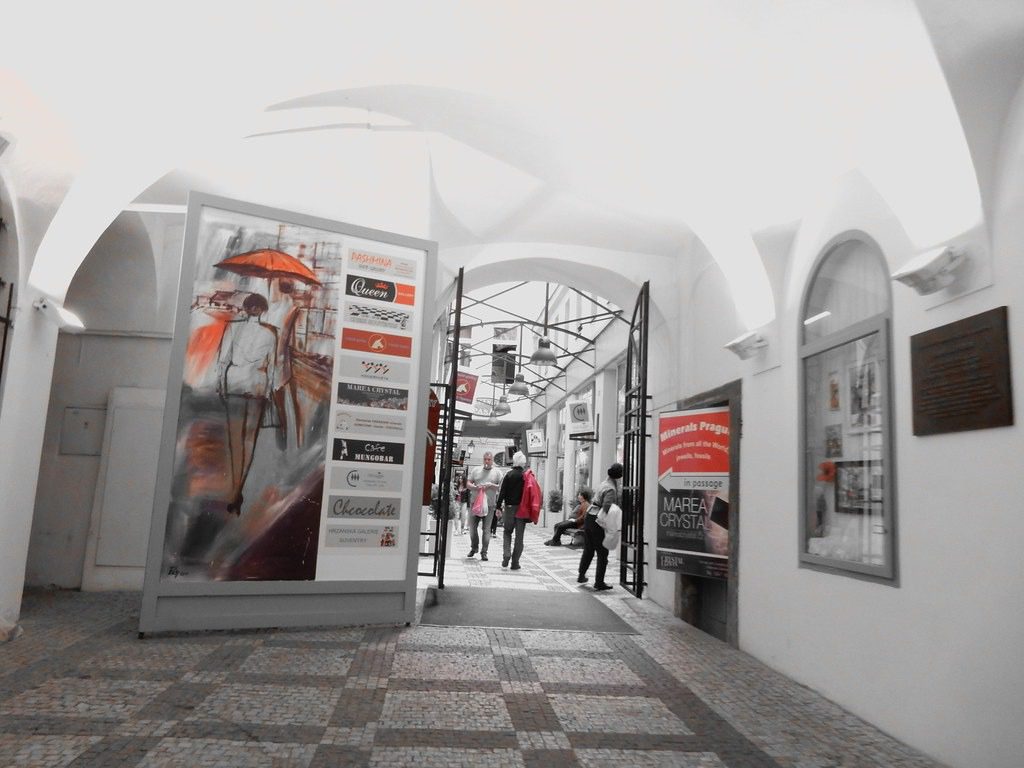In the heart of Prague, just a stone’s throw from the iconic Old Town Square, a hidden gem has been reborn. After more than four years of meticulous reconstruction, the Hrzánská Passage reopened its doors to the public on a Wednesday afternoon, aspiring to become a hub of fashion, art, and design.
This once-unremarkable spot in central Prague, formerly home to currency exchange offices, ATMs, and tourist trinkets, failed to survive the COVID-19 pandemic. The passage remained closed for an extended period, its owner Jan Standler passed away, and the historic site fell into the hands of the Stadler-Trier Music Foundation.
Years later, the foundation decided to breathe new life into Hrzánská Passage, a space characterized by its vaulted ceilings, arches, and intriguing details. The transformation is nothing short of remarkable.
The passage’s rich history dates back to the early 20th century when it housed a haberdashery owned by Hermann and Julie, the parents of the renowned writer Franz Kafka. Today, it hosts a diverse array of carefully curated shops and spaces, each contributing to the passage’s unique character.
Visitors can now explore SLÁVA!, a multifunctional space dedicated to fashion, jewelry, and accessories, complete with a co-working workshop, textile art gallery, and a small bar. The Coffee Room café on the lower floor serves both tourists and locals alike. Art enthusiasts can visit the C12 contemporary art gallery, while fashion lovers can peruse the minimalist leather goods at Folbeur or the leisurewear and swimwear designs of Terezie Trusínová.
Perhaps the most unique feature is the Concert Hall, proudly claiming the title of the smallest in the Czech Republic. With a capacity of just ten people, it emphasizes an intimate atmosphere and close proximity between musicians and the audience.
As Magdalena Nováčková, director of the Stadler-Trier Music Foundation, aptly puts it, “We are giving Hrzánská Passage a new lease on life, transforming it from an average tourist attraction into a unique space not only for tourists but also for local residents. We wanted to restore the genius loci of this historic place.”





